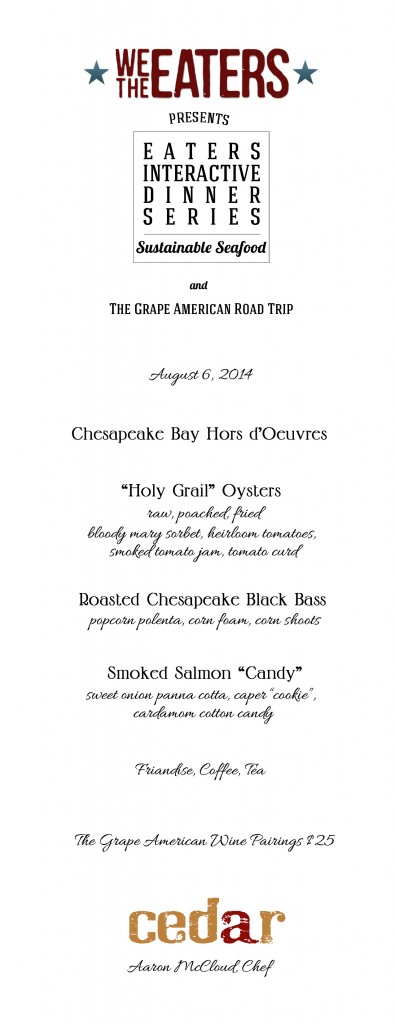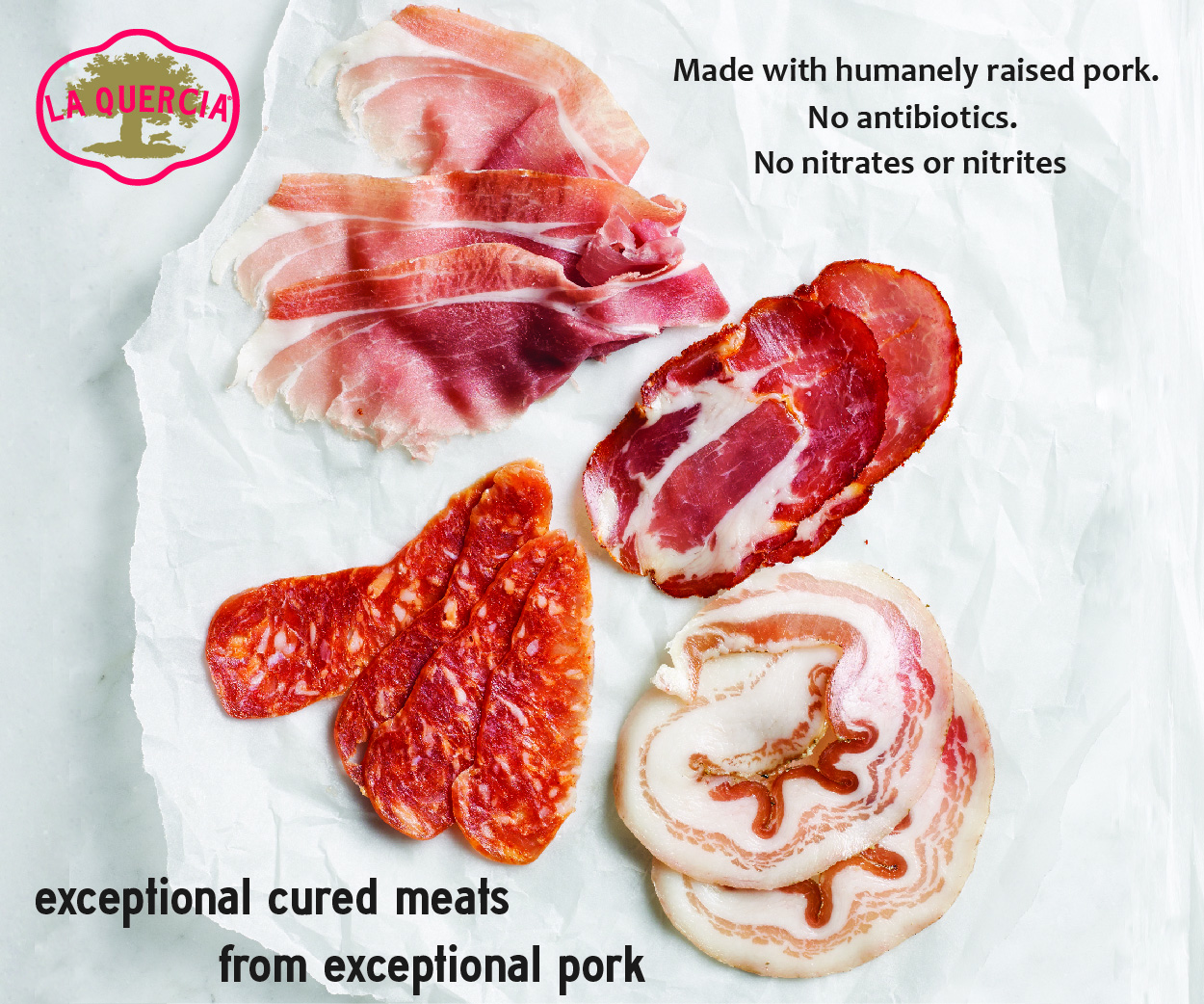According to Wikipedia, “A milkshake is a sweet, cold beverage which is usually made from milk, ice cream, or iced milk, and flavorings or sweeteners such as butterscotch, caramel sauce, chocolate sauce, or fruit syrup.”
According to Kelis, these milkshakes things are powerful enough to bring the boys to the yard. And since my husband and I have been sleeping in separate rooms since we became foster parents two months ago to a wee one with a nasty case of acid reflux, I could use all the help I can get. (Plus a heaping dose of the female persuasion alluded to by the rapper in that catchy tune!)
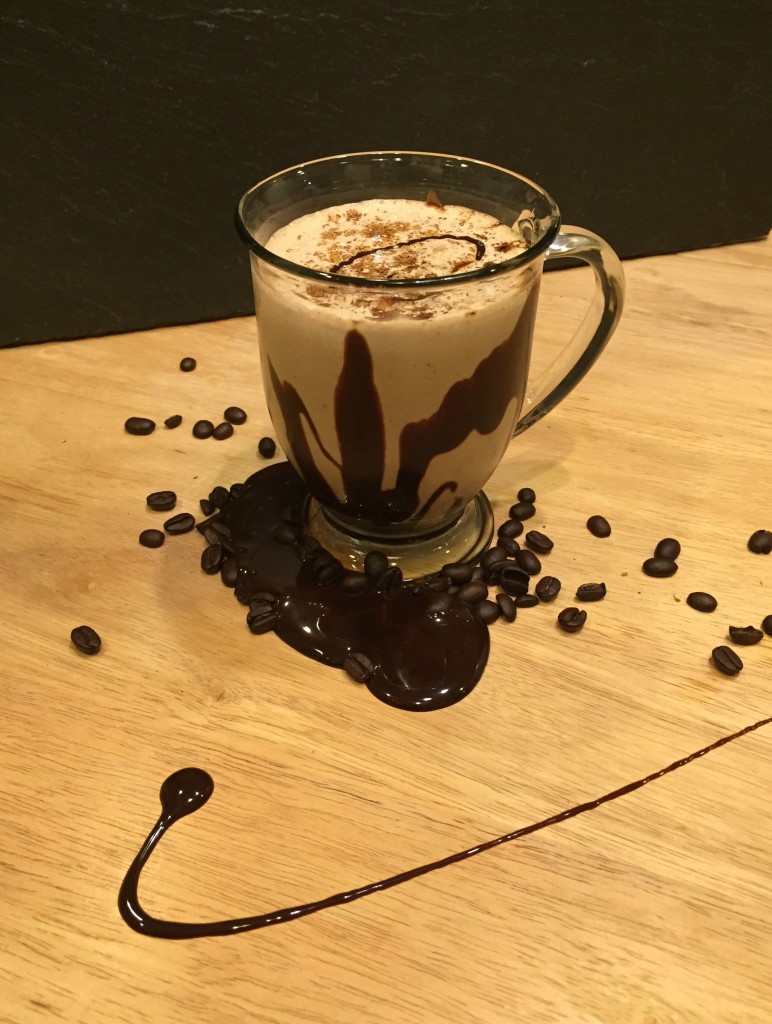 That said, I’m not one to whip up a shake at home. To me, it’s a treat for a night out, which is also a handy excuse to order an adult version of the frothy frozen treat. Ted’s Bulletin isn’t the only place to grab one in Washington, D.C., these days — though they did make Eater‘s boozy milkshake list this summer.
That said, I’m not one to whip up a shake at home. To me, it’s a treat for a night out, which is also a handy excuse to order an adult version of the frothy frozen treat. Ted’s Bulletin isn’t the only place to grab one in Washington, D.C., these days — though they did make Eater‘s boozy milkshake list this summer.
Going out, however, is a treat in itself these days with a tiny tot in tow. Since we hit the ‘rents up for a movie night on Friday, I decided to whip up something on my own at home in honor of National Chocolate Milkshake Day [ September 12th].
After checking out a number of recipes online, rummaging around in our liquor cabinet for inspiration, and asking the hubs what he loves best in a shake (coffee flavor and chocolate chips) … I decided to wing it.
Man, am I glad I did.
I garnished the glass with Hershey’s syrup, which is a guilt pleasure that transports me directly to childhood. My grandmother use to treat my brother and I with bowls of Neapolitan ice cream and a river of the brown stuff when I was little. I remember even back then mashing it into oblivion until it more resembled a shake than anything else. Thankfully, these days I’ve got a Vitamix to do the heavy lifting.
It turned out a little more like a frappe than a milkshake, which is fine since my guy is a New England native, anyway, which is where that drink hails from. A frappe is just a thinner milkshake. Add milk sparingly if you want yours nice and thick. And you can totally tweak the flavors. Add banana or another fruit, or try peanut butter, caramel — anything that floats your boat. And the liquor choices are endless! What’s your favorite combo?
I’d stick around and chat, but that shake is melting and, well, we can’t have that now, can we…
Amy’s Java Chip Boozy Chocolate Shake
1.5 quart full-fat vanilla bean ice cream (you want something really rich)
1/2 cup milk (I used a cup for the frappe … this should make it perfect, while still pourable)
1/2 cup whiskey (I used Irish to appease my Irish-Italian husband)
1/2 cup coffee liquor
1/4 cup Hershey’s Chocolate Sauce
1/4 cup Ghiradelli Bittersweet Chocolate Chips
1 tablespoon chocolate pudding mix
1 teaspoon Starbucks Italian Roast Instant Coffee (see note above, now speaking the love language of husband’s Italian side)Add all ingredients to blender except milk. Blend until mixed thoroughly, adding milk slowly until the shake reaches your desired consistency.
Garnish glasses with additional syrup, as desired. Sprinkle with instant coffee. Slurp loudly.

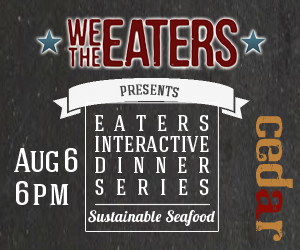
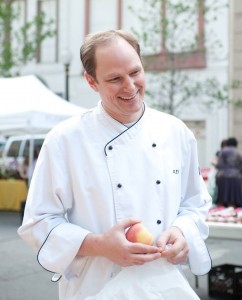 AMY: Why is sustainability important?
AMY: Why is sustainability important?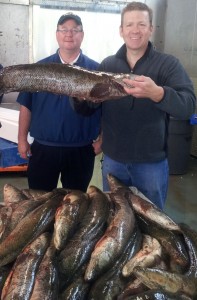 JOHN: We offer
JOHN: We offer 